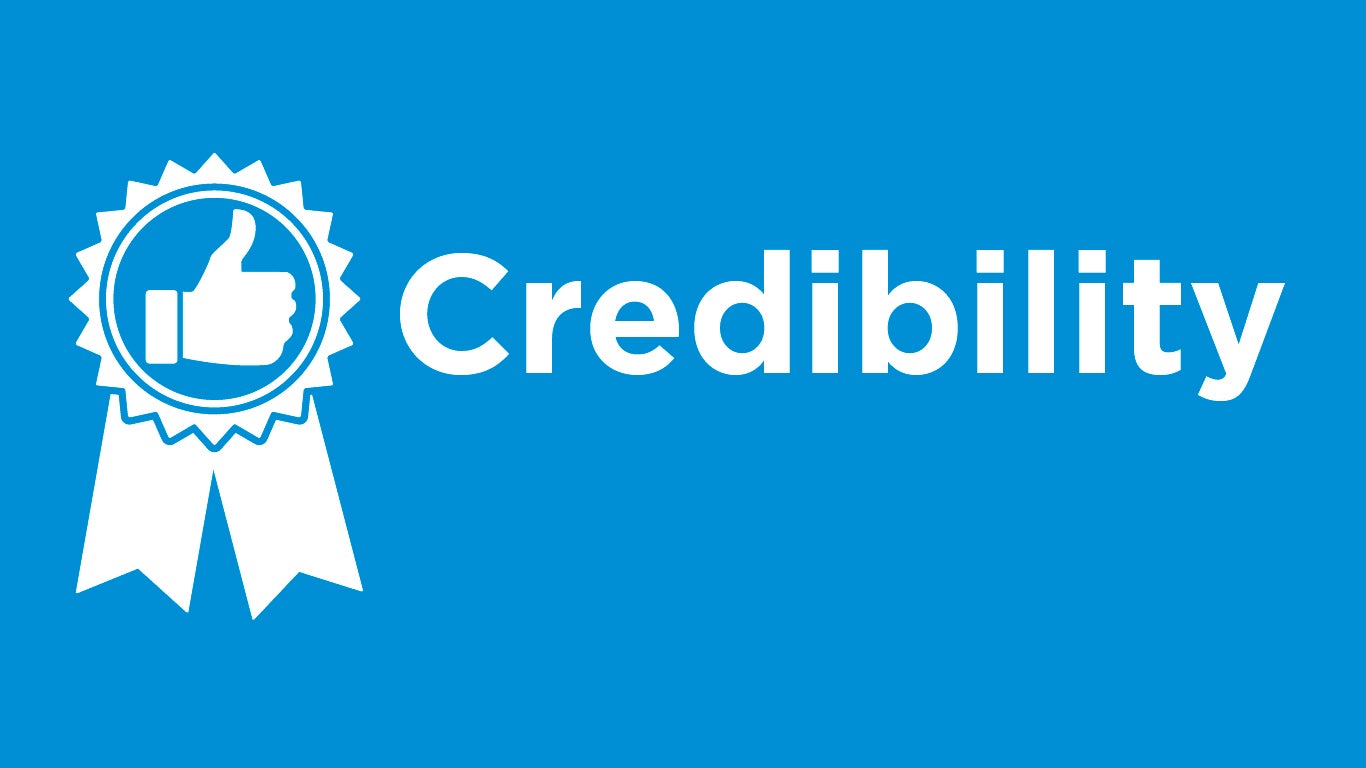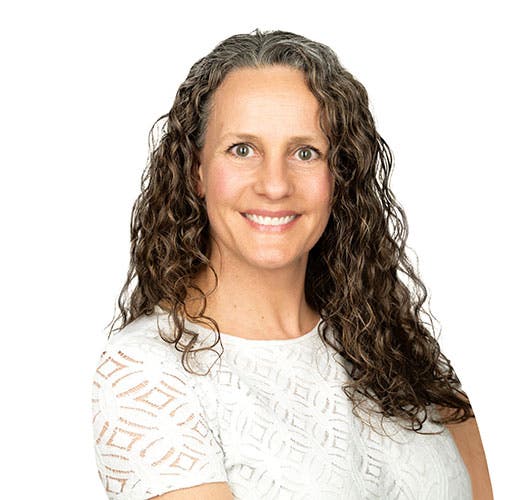
Want to make sure the program you are investing in is credible? I am sure you do, but with the sheer number of online education and training programs available today, how do you do that? Understanding what makes a program credible is essential to ensuring a return on your investment, and in today’s competitive and resource constrained climate, it is even more important than ever!1
Credible, by definition, means “offering reasonable grounds for being believed.”2 For education and training programs, you can look at these three C’s: Content, Confirmation and Credentials.
In this blog, I will cover these three aspects of an education and training program that can help with assessing its credibility. If you are interested in learning more about finding the right education and training program, check out my previous two blogs: The ABC’s of Credentialing and the Why Instructional Design Matters.
Content
The first question to ask is who developed the content and whether the person has the experience and expertise needed to teach the topic to someone in your position. Experience and expertise can be evaluated in a few different ways, but fortunately we are lucky today to have a great online resources, like LinkedIn, to help.
In addition, while content created by a single qualified individual can be appropriate, understanding if there were multiple experts involved in developing the course helps ensure that learning represents a broad point of view and not just the perspective one expert. A general rule of thumb is that the more qualified experts involved, and the more collaborative an effort, the more credible the program.
Confirmation
The next aspect to assess is whether the final evaluation (also called assessment, exam, test, or quiz) at the end of the program confirms that learning has occurred. While this may seem like somewhat of a “no brainer” (all tests and quizzes assess learning right?), not all evaluations are created equal.
How does one assess the assessment? You can start by finding out what the learning objectives are for the course and how many questions are on the final evaluation. There should be at least one, but in most cases more, questions for each learning objective. This explains why some of the tests you took in school were so long! Schools need to confirm that students learn the curriculum and there is no way to do it with short tests. The same holds true in adult education. The bottom line here is that if you are considering taking a three hour course, you should expect to learn a lot from it. And to confirm that you did, you should, at the very least, expect there to be a robust exam.
Credentials
Lastly, consider these questions:
- How can you tell if someone’s credential is valid
- What are the measures taken to protect the validity of the credential earned?
This is another aspect of education and training that is built in to high quality programs, like those that are accredited. While it may take a lot of work to obtain a credential, in reality, anyone can say they have earned a credential or even provide “proof” of it by copying and altering another person’s certificate. The more credible programs will offer ways to make sure that the value of a credential is protected. This includes a verifiable link on the certificate in the form of a QR code and/or by providing a digital badge instead of just a static logo. Digital badges provide metadata that can verify that the credential is valid. These verification steps allow for stakeholders to confirm who a credential belongs to and if it is current. This can be helpful in a number of situations, including when an employer is evaluating a new potential employee.
This concludes my three part series on finding the right education and training program. With labor shortages, buildings reopening, and an increasing demand for cleaning for health, training and education of staff is more important than ever.3 Are you ready to take action and a find a program that is right for you? If yes, here is a summary list of the questions to ask. Happy learning!
- Is it a certificate or certification?
- Is it third party accredited?
- Was the course instructionally designed?
- Who developed the content?
- Is the exam robust enough to confirm that learning occurred?
- What is the credential and is it protected?
References
1. Federal Trade Commission. Choosing a vocational school or certificate program [Internet]. FTC Consumer Advice. [cited 2022 March 15]. Available from: https://consumer.ftc.gov/articles/choosing-vocational-school-or-certificate-program
2. Merriam-Webster. Definition of Credible [Internet]. Merriam-Webster. [cited 2022 March 15]. Available from: https://www.merriam-webster.com/dictionary/credible
3. Amy W. Richardson. 2022 CMM In-House/Facility Management Benchmarking Survey Report [Internet]. CMM Online. [cited 2022 March 20]. Available from: https://www.cmmonline.com/articles/fmsurvey2022?_ga=2.193544229.920623462.1648472434-1882373344.1633539137






